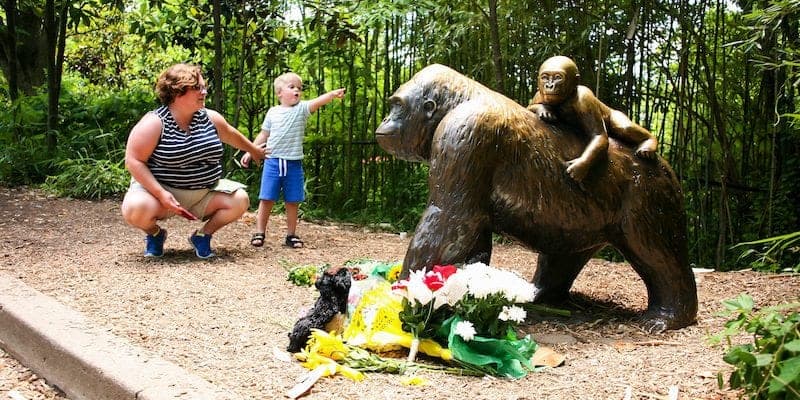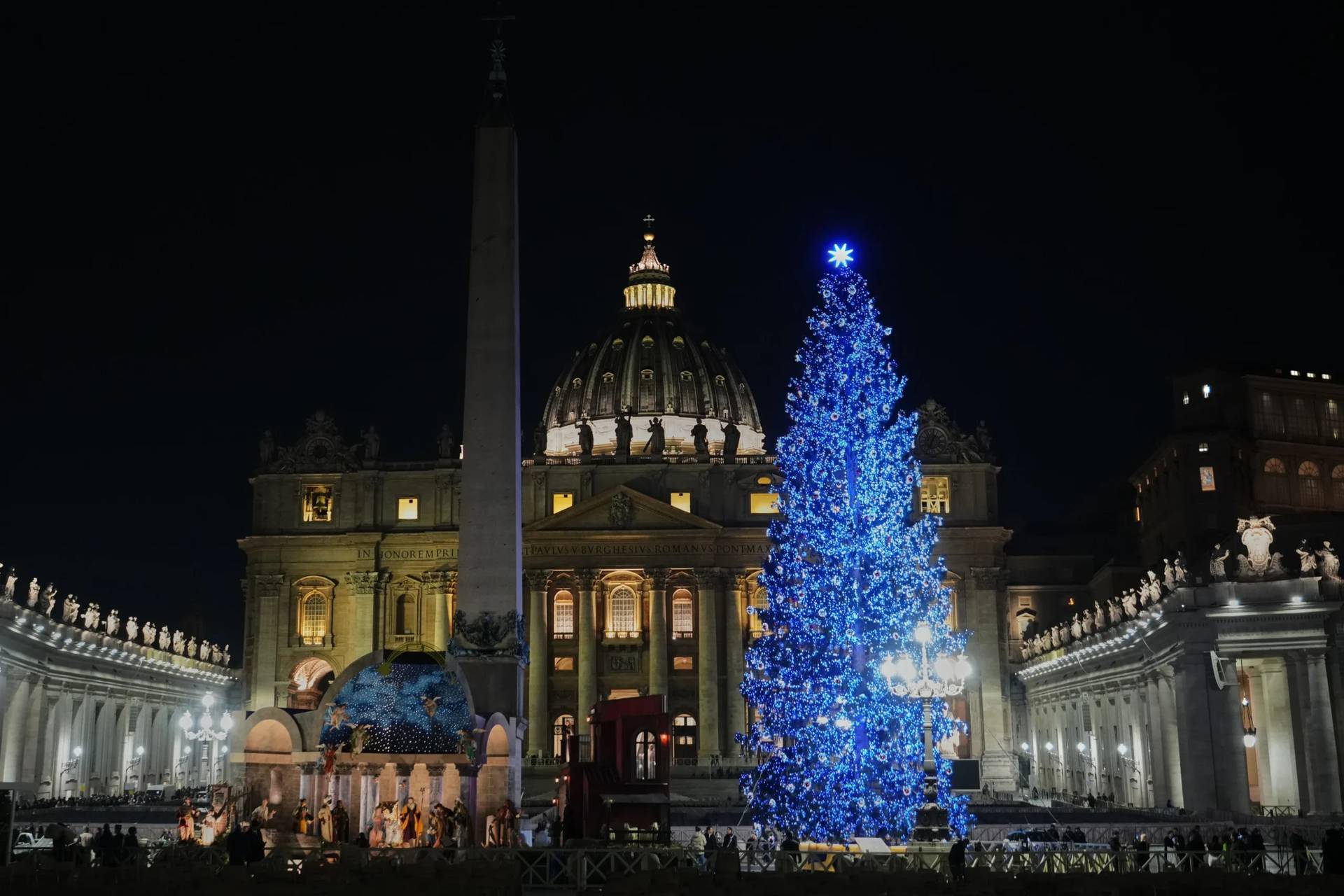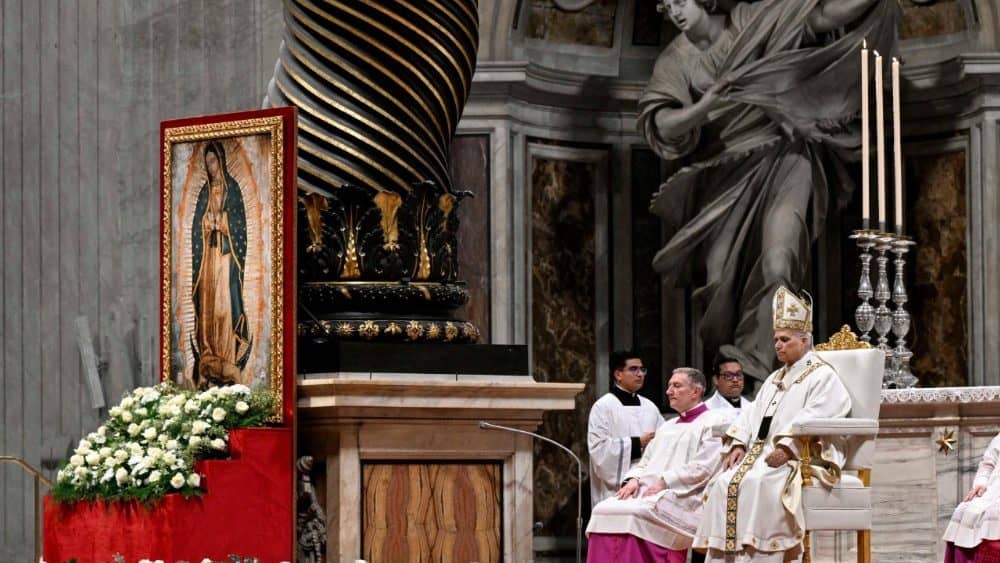Last week we witnessed a tempest in a teapot about a gorilla in a zoo. I am referring, of course, to the controversy about the killing of the gorilla Harambe in the Cincinnati Zoo after a young boy accidentally fell into the gorilla habitat.
Chilling video shows the gorilla dragging the 3-year-old boy through the shallow water of his zoo domain. Officials made the decision that the gorilla had to be killed to ensure the life and safety of the boy.
There was an immediate uproar after news of the animal killing circulated. The zoo, parents, and even the young boy were blamed.
People asked, “Why wasn’t the mother watching the boy?” “Why didn’t the zookeepers tranquilize the gorilla instead?” “Maybe the gorilla really wouldn’t have harmed the boy anyway.”
None of these comments suffice as reasonable critique in this tragic and blameless incident. A mother turned around to take some pictures, and a curious youngster climbed where he shouldn’t have.
Bad things happen and, yes, sometimes even to good and innocent people.
A tranquilizer would have taken too long to take effect. No one could predict what the gorilla was going to do. Killing the gorilla was the only reasonable choice.
The good news is that the child is safe; the bad news is that an innocent gorilla is dead. But the good news and the bad news do not carry equal weight.
The Catholic tradition certainly teaches that animals must be treated humanely and with no hint of cruelty. “Animals are God’s creatures. He surrounds them with his providential care. By their mere existence they bless him and give him glory…It is contrary to human dignity to cause animals to suffer or die needlessly.” (Catechism of the Catholic Church, No. 2416, 2418)
But the Catholic Church is also clear in its teaching that animal life must never be put on the same level as human life: “God entrusted animals to the stewardship of those whom he created in his own image … One can love animals; one should not direct to them the affection due only to persons.” (Catechism of the Catholic Church, No. 2417, 2418)
Some animal rights activists make the mistake of equating all life. They seem to overlook the distinctively human capacity to love, to reason, to make moral decisions. It is clear from the Genesis account of creation that the climax of God’s creation is the human person.
Only human beings with an immortal soul are made in the image and likeness of God. As wonderful and beautiful as animals are, if there is a choice between human life and animal life, human life must win every time.
Like many others, I regret that an innocent animal had to be killed. I also regret that a gorilla was in a zoo in the first place. I wish we could leave all animals in their natural habitat and allow them to prosper as God intended.
But we don’t, and sometimes unfortunate things happen and tough choices must be made.
Steve Sack, a cartoonist for the Star Tribune, published a cartoon of a boat full of refugees and a gorilla in a cage also in the boat. His caption depicted one of the refugees pointing to the gorilla and saying: “We brought him so people would care what happens to us.”
Sad, but true. Let’s keep our priorities straight, while at the same time respecting the wonder of life with which God has gifted us.
The gorilla’s name, “Harambe,” is a Swahili rallying cry that means “pull together.”
A fitting tribute to Harambe the Gorilla would be for us to pull together to acknowledge the tragedy of a beautiful creature of God being killed, but, more importantly, to celebrate the good fortune that an even more wondrous creature of God had his young life spared.














